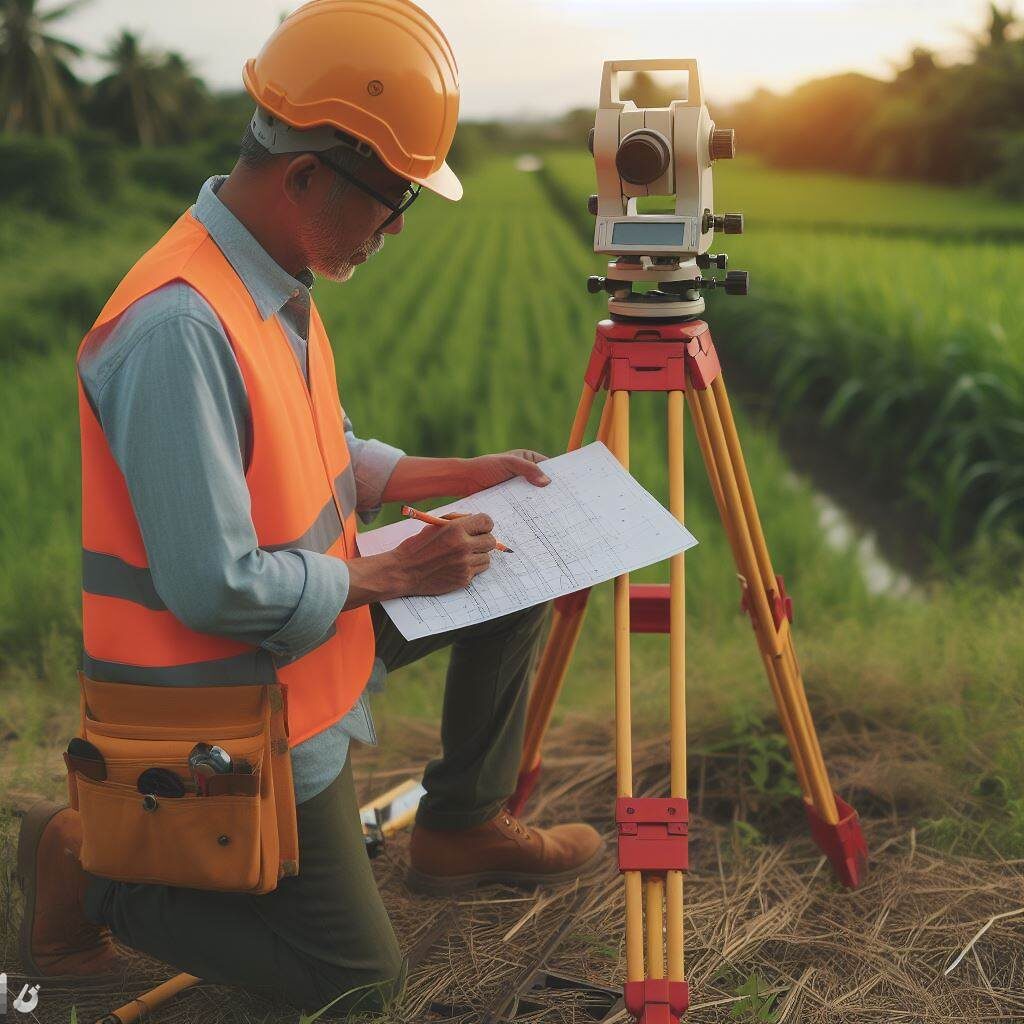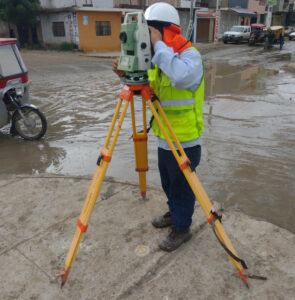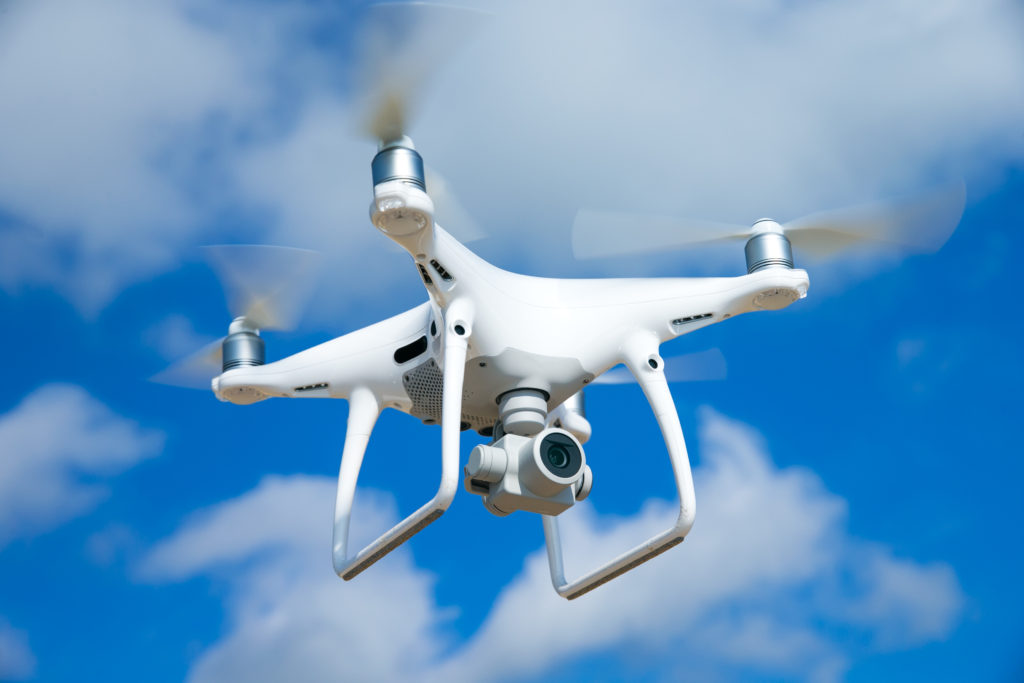- Introduction
- Continuous Surveying Case in Action
- Benefits of Continuous Surveying in Permanent Constructions
- Types of Construction that Require Continuous Topographic Monitoring
- Conclusions: The Crucial Need for Continuous Surveying in Construction Sites
1. Introduction
Construction monitoring is an essential facet in the construction and development of projects and continuous surveying is a tool that often makes the difference between the success and failure of a construction or engineering project. This article will explore the importance of having surveying services on an ongoing basis throughout the entire project, examining its benefits and highlighting the types of construction that crucially require this service.
2. Practical Case of Continuous Surveying in Action
There are cases in which a large-scale construction project requires great topographical efforts continuously throughout the construction process; This process is called continuous surveying. If initial surveying provides the foundation, continuous surveying ensures that the infrastructure will remain stable and safe throughout the construction process.
Thanks to the advancement and technology of our work, we can provide sensors that will accurately constantly monitor soil deformations, guaranteeing structural integrity and providing adequate data to take corrective actions before a structural collapse occurs.
3. Benefits of Continuous Surveying
Continuous surveying goes beyond simple initial measurement. It provides constant monitoring of the work, detecting any unexpected changes, which provides higher levels of security and optimizes resources by preventing problems before they worsen.
4. Types of Construction that Require Continuous Topographic Monitoring
Not all constructions demand the same level of topographic monitoring. Those of a permanent nature, such as bridges, skyscrapers, tunnels, dams and critical infrastructure projects, benefit significantly from continuous topography. The long-term stability of these structures requires constant attention to ground conditions and possible changes. Topographical surveying is no longer enough.
5. The Crucial Need for Continuous Surveying in Construction Sites
Continuous topographic monitoring stands as a fundamental pillar in risk management and effective planning, ensuring that each construction is a lasting testament to human skill. Ultimately, continuous surveying is not only a safety measure, but a wise investment for the present and future of engineering and construction.









